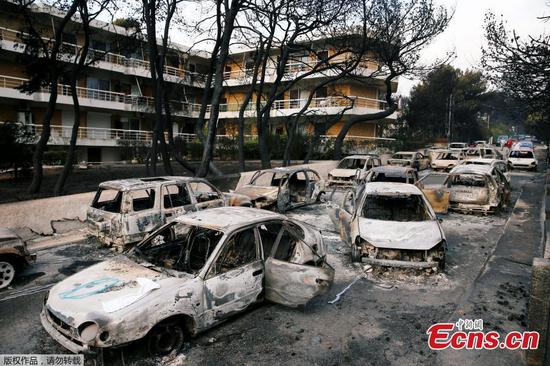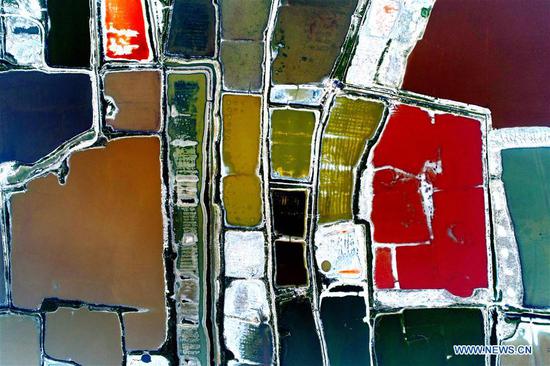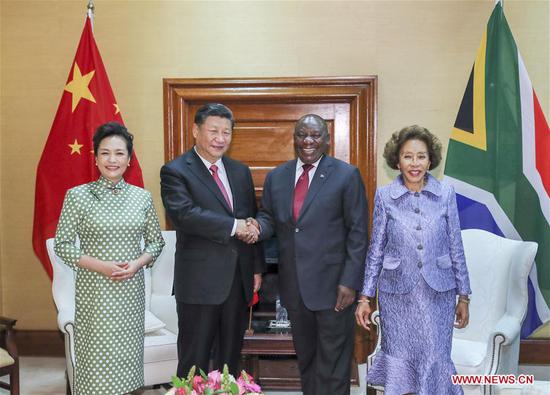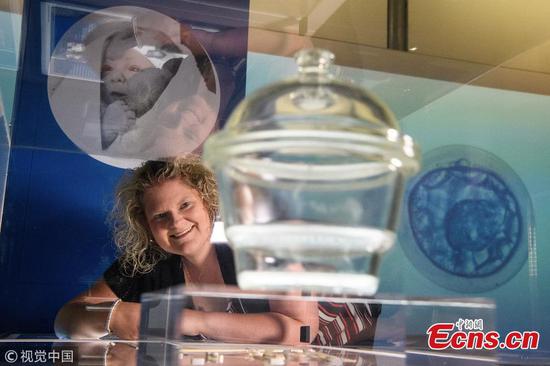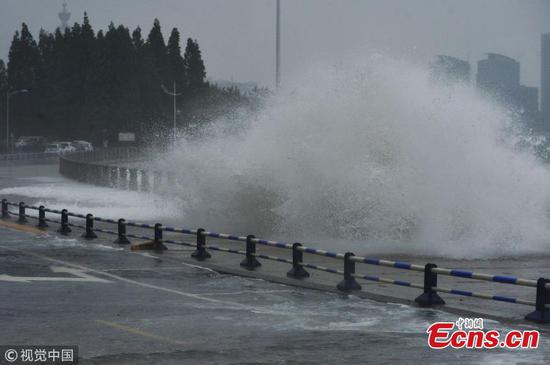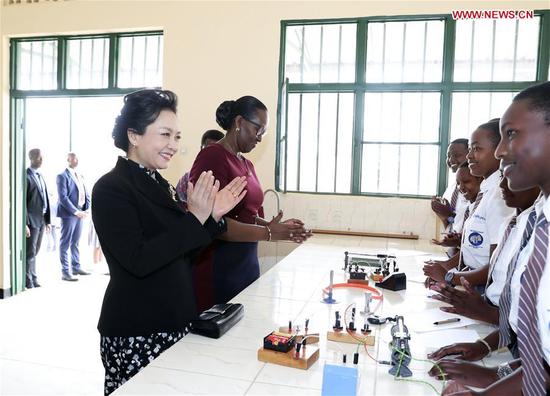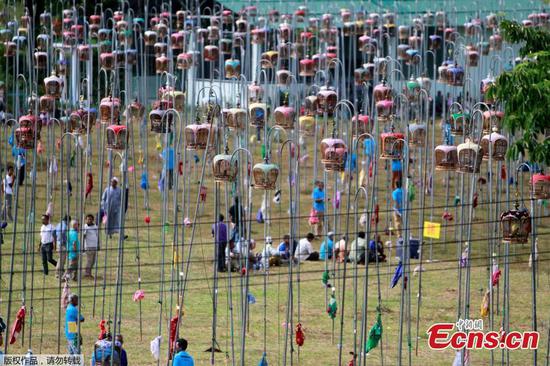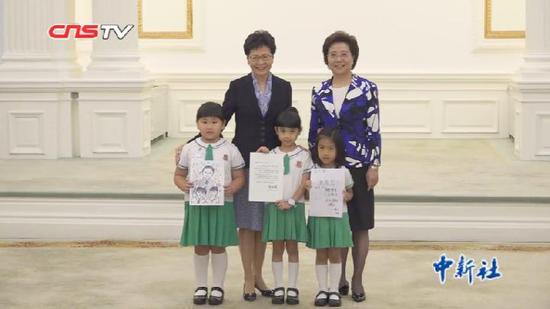Northeast China has world's lowest fertility rate, around a third of Japan's: expert
The total fertility rate in China's northeastern provinces was the lowest in the world - around a third of Japan's - and leads to the decline in the region's labor force, a Chinese expert said.
Yi Fuxian, a researcher at the University of Wisconsin-Madison, told the Global Times on Tuesday that Northeast China - Heilongjiang, Liaoning and Jilin provinces - had the world's lowest fertility rate, or number of children an average woman will have over her lifetime, in 2015 at 0.55.
It means that the next-generation population in the region is only one-fourth of the last generation. That's 38 percent of Japan's and 44 percent of South Korea's.
The fertility rate in China in 2015 was 1.05. The 2014 World Bank records show China's rate is lower than those of 199 countries and regions, people.cn reported.
Yi blamed the fertility rate for the drop in the region's labor force, not the population exodus, and urged the region to set more policies to encourage the young generation to produce more children.
A report published by the National Health Commission in 2016 said the fertility rate in northeastern China was 0.75 in 2010.
The population of this region accounted for 8.2 percent of the country, a drop of 0.2 percent compared to 2000, yicai.com reported.
However, Cong Yi, an economics professor at the Tianjin University of Finance and Economics, told the Global Times that the failure of economic restructures is the reason for the decline of labor force.
"The poor economic environment has driven large numbers of young people to leave," Cong said, citing the pension deficit.
Northeast China was the country's industrial heartland prior to the 1990s. But the three provinces have been plagued by slow economic growth, and some companies are on the brink of bankruptcy.
The key to solving the problem is a clear economic direction and offering more attractive incentives to talented people, Cong said.











